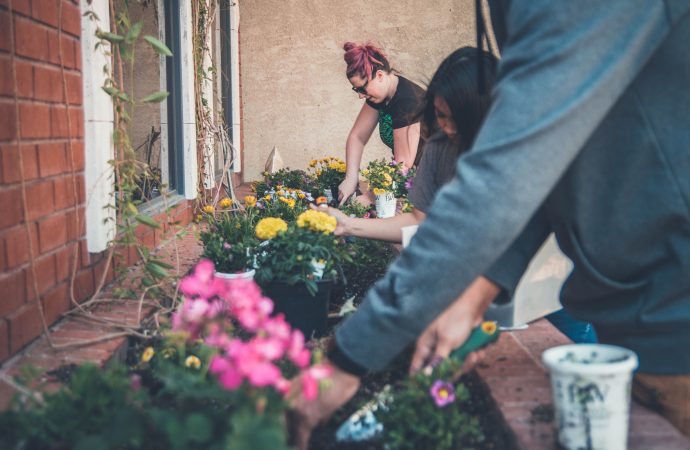Indoor gardening has become increasingly popular in recent years, and for good reason. Not only does it add a touch of greenery to your home, but it also has numerous health benefits, such as improving air quality and reducing stress levels. However, keeping houseplants alive and thriving can be a challenge, especially for beginners. In
Indoor gardening has become increasingly popular in recent years, and for good reason. Not only does it add a touch of greenery to your home, but it also has numerous health benefits, such as improving air quality and reducing stress levels. However, keeping houseplants alive and thriving can be a challenge, especially for beginners. In this article, we’ll share expert tips for indoor gardening to help you unlock the art of flourishing houseplants.
Choose the Right Plants
The first step to successful indoor gardening is choosing the right plants. Not all plants are suited for indoor environments, so it’s important to do your research before making a purchase. Some popular indoor plants include spider plants, pothos, snake plants, and peace lilies. These plants are known for their ability to thrive in low-light conditions and are relatively easy to care for.
Provide Adequate Lighting
Light is essential for plant growth, so it’s important to provide adequate lighting for your indoor plants. Most indoor plants require bright, indirect light, so placing them near a window is a good idea. However, be careful not to expose them to direct sunlight, as this can burn their leaves. If your home doesn’t receive much natural light, consider investing in grow lights to supplement your plants’ lighting needs.
Watering and Humidity
Watering and humidity are two crucial factors in indoor gardening. Overwatering can lead to root rot, while underwatering can cause your plants to wilt and die. The key is to find a balance and water your plants when the top inch of soil feels dry to the touch. Additionally, many indoor plants thrive in humid environments, so consider using a humidifier or placing a tray of water near your plants to increase humidity levels.
Fertilizing
Fertilizing is another important aspect of indoor gardening. Most indoor plants require regular fertilization to provide them with the necessary nutrients for growth. However, it’s important not to over-fertilize, as this can lead to fertilizer burn and damage your plants. Follow the instructions on your fertilizer package and fertilize your plants once a month during the growing season.
Pest Control
Pests can be a common problem in indoor gardening, so it’s important to keep an eye out for any signs of infestation. Common indoor plant pests include spider mites, mealybugs, and scale insects. If you notice any pests on your plants, isolate the affected plant and treat it with an appropriate insecticide.
In conclusion, indoor gardening can be a rewarding and fulfilling hobby, but it does require some knowledge and effort. By choosing the right plants, providing adequate lighting, watering and humidity, fertilizing, and controlling pests, you can unlock the art of indoor gardening and enjoy flourishing houseplants in your home.

















Leave a Comment
Your email address will not be published. Required fields are marked with *